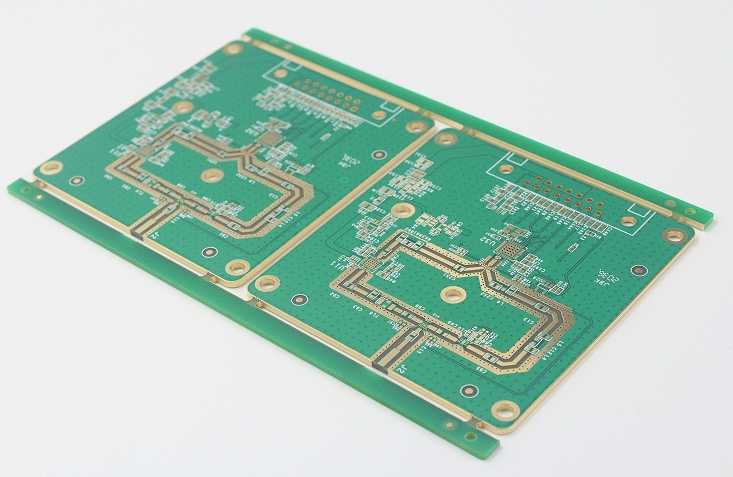Introduction to Rogers PORON Fusion
Rogers PORON Fusion is a cellular urethane material created by Rogers Corporation for impact absorption and vibration damping applications. It combines the advantages of both closed-cell and open-cell urethane structures, providing excellent energy absorption and sound dampening properties. In this article, we will look at the key features and benefits of Rogers PORON Fusion material.
Key Features of Rogers PORON Fusion
- Energy Absorption: PORON Fusion has outstanding impact damping and energy absorption capabilities, making it ideal for protecting products or equipment from shock and vibration damage. The closed-cell structure provides high stiffness while the open-cell additions enhance energy absorption.
- Noise Reduction: The combination of open and closed cells gives PORON Fusion excellent acoustic dampening performance across a broad frequency range. It effectively reduces structure-borne vibration as well as absorbs airborne noise.
- Lightweight: Despite its energy absorption abilities, PORON Fusion is remarkably lightweight with densities ranging from 0.50 to 0.90 g/cm3. This makes it suitable for applications where weight is a key consideration.
- Customization: Rogers can customize the material properties like density, hardness, and color to meet specific application requirements. PORON Fusion can be die cut into complex shapes as well.
- Cost Effective: Compared to many alternative materials, PORON Fusion provides very high energy absorption per unit cost, making it a cost-effective solution.
Applications of Rogers PORON Fusion

Rogers PORON Fusion material is commonly used in the following applications:
- Portable electronics – used to protect devices from drops and shocks.
- Automotive – used for NVH management in interior components.
- Aerospace – used for acoustic damping and isolation in aircraft and helicopters.
- Medical – provides impact protection for medical equipment.
- Appliances – reduces noise in home appliances like washers and refrigerators.
- Industrial – protects equipment from vibration and shock damage.
Here is a comparison of the density and hardness of different PORON Fusion grades:
| PORON Fusion Grade | Density (g/cm3) | Hardness (Shore 00) |
|---|---|---|
| 4701-50 | 0.50 | 47 |
| 4701-60 | 0.60 | 40 |
| 4701-80 | 0.80 | 35 |
| 4701-90 | 0.90 | 30 |
Frequently Asked Questions
Q: What makes PORON Fusion better than regular closed-cell foam?
A: The open-cell areas in PORON Fusion improve energy absorption and acoustic damping compared to regular closed-cell foam which relies only on deflection. The combination of open and closed cells optimizes performance.
Q: Can PORON Fusion be die cut into gaskets and seals?
A: Yes, the material can be precisely die cut using steel rule or laser methods. The closed-cell structure provides excellent compression set resistance for gaskets and seals.
Q: Is PORON Fusion available in different colors?
A: Yes, PORON Fusion can be colored to match customer requirements. Both solid and marbled color options are possible.
Q: What is the temperature resistance of PORON Fusion?
A: The maximum continuous use temperature for PORON Fusion grades is approximately 180°F (82°C). Some variation exists based on the formulation.
Q: Does Rogers provide design support for applications using PORON Fusion?
A: Yes, Rogers technical support team can provide guidance on material grade selection, design analysis, prototypes, and more to help engineers optimize their use of PORON Fusion.
In summary, Rogers PORON Fusion combines the benefits of closed-cell and open-cell structures to deliver outstanding energy absorption, vibration damping, and noise reduction in a lightweight material. With extensive customization options, it enables effective shock and acoustic management across a wide range of applications.

Leave a Reply